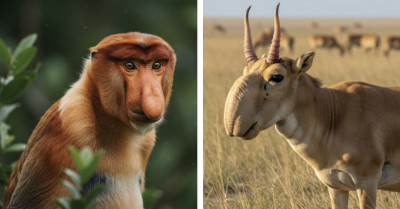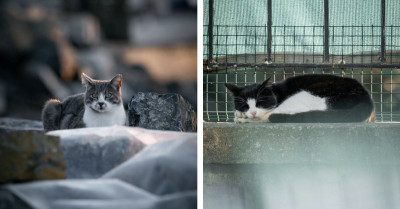All You Need To Know About What Makes The Great Kiskadee So Great
There are around 10,000 species of birds in the world, representing different colors and characteristics. Each has something unique that makes it worth observing and cherishing.
The vast diversity of these distinctive creatures makes you appreciate Mother Nature even more. You can't help but wonder about the many wonders out there that you may not know anything about.
One of these beautiful wonders is the Great Kiskadee. They are primarily found in Belize, where they distinguish themselves with their unique appearance.
Known for their boisterous nature, the Great Kiskadee offers a sight to behold. The contrasting red and black, combined with a splash of yellow, gives them a truly unique look.
With a seemingly square head and a body resembling that of a kingfisher, they have a notable appearance. They are omnivorous, often eating fish, and exhibit bold behavior similar to that of a jay.
The following sections include some adorable and delightful pictures of this unique bird. Moreover, they provide all the necessary information one needs to know about them.
Continue reading to learn more about this fascinating bird. And remember to share this with fellow bird lovers so they have something wonderful to look at.
Introducing the Great Kiskadee
The Great Kiskadee makes its introduction with a bright yellow belly and a black-masked head. Its contrasting body gives it a unique look and makes it quite an eyecatcher.
Scientifically known as Pitangus sulphuratus, it belongs to the Tyrannidae family, commonly known as the flycatcher family.

Are you taking a picture? Let me pose then
These passerine birds are covered in beauty from head to tail. Called bem-te-vi in Brazil, they weigh around 63 grams and are 22 cm long.
They feature a short and thick bill, and their wings and tail are brown with strong fringes. The head is black, and the white eyestripe creates a unique and attractive appearance.

Female Kiskadee looks similar to the male
They are mainly found in Belize, as well as in the Lower Rio Grande Valley in Texas and northern Mexico. Moreover, the female and male Kiskadee look very similar.

Where they can be found
The Great Kiskadee prefers open woodlands with tall trees. They can be found in open areas and around human habitation.

Full of skills and speed
One can describe it as an omnivorous bird, and, as the family name suggests, they hunt like a flycatcher. They catch insects and other small prey and also consume fruits, with occasional fish.

Unique and adept
They are among the few fish-eating passerines. Additionally, they are among the most common birds inhabiting urban areas throughout Latin America.

Nest and mating
Their nest can usually be found in a tree or on a telephone pole, resembling a ball of sticks with a side entrance. The mating season begins in March, and the male will mate with only one female.
Their nest is lined with soft materials like feathers or cotton, and the female lays two to five eggs. Both parents defend the nest and care for the young.

Population and habitat
With a population of around 60,000, the Great Kiskadee has occupied a vast range of habitats. They have a large enough population that the species is not believed to be approaching the thresholds for population decline.

Intrigued by the Great Kiskadee? Watch them in action
This has been a very informative walkthrough, and you have learned a lot about the Great Kiskadee. The information shared here makes it clear that they have a significance beyond just being cute.
The striking features and unique appearance make for a beautiful sight. Share this post with your friends, family, and fellow bird lovers to provide them with something wonderful to read.



